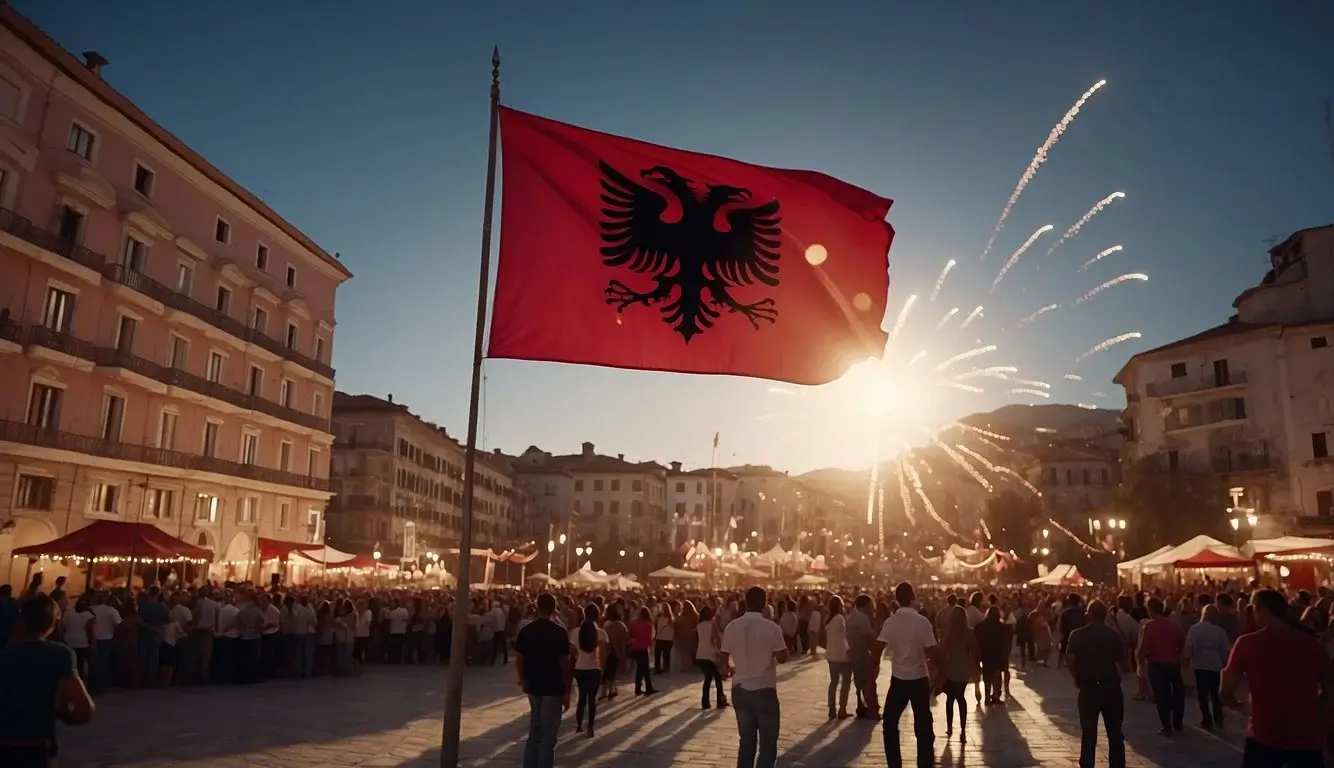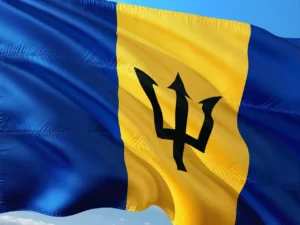After delving into the rich and complex history of Albania, I am excited to share the significance of Albania’s Independence Day, a crucial part of the nation’s pride and historical identity. Every year on November 28th, Albanians commemorate the vital day in 1912, when their dreams of independence became a reality, freeing themselves from the prolonged rule of the Ottoman Empire.
This day is not only a reflection on the historic declaration made in Vlora but also a nod to the legendary Skanderbeg, who on the same date in 1443, set the stage for Albania’s long quest for independence. It’s a time for Albanians everywhere to honor their heritage, celebrate their enduring spirit, and remember the sacrifices made for the liberty they enjoy today.
Key Takeaways
- November 28th is a significant national holiday in Albania, commemorating the country’s declaration of independence from the Ottoman Empire in 1912.
- The day has twofold historical significance: it reflects Skanderbeg’s resistance against the Ottomans in the 15th century.
- Independence Day is a manifestation of Albania’s enduring spirit, national pride, and cultural heritage, and it is celebrated extensively across the nation and by Albanians worldwide.
Origins of Albania’s Independence
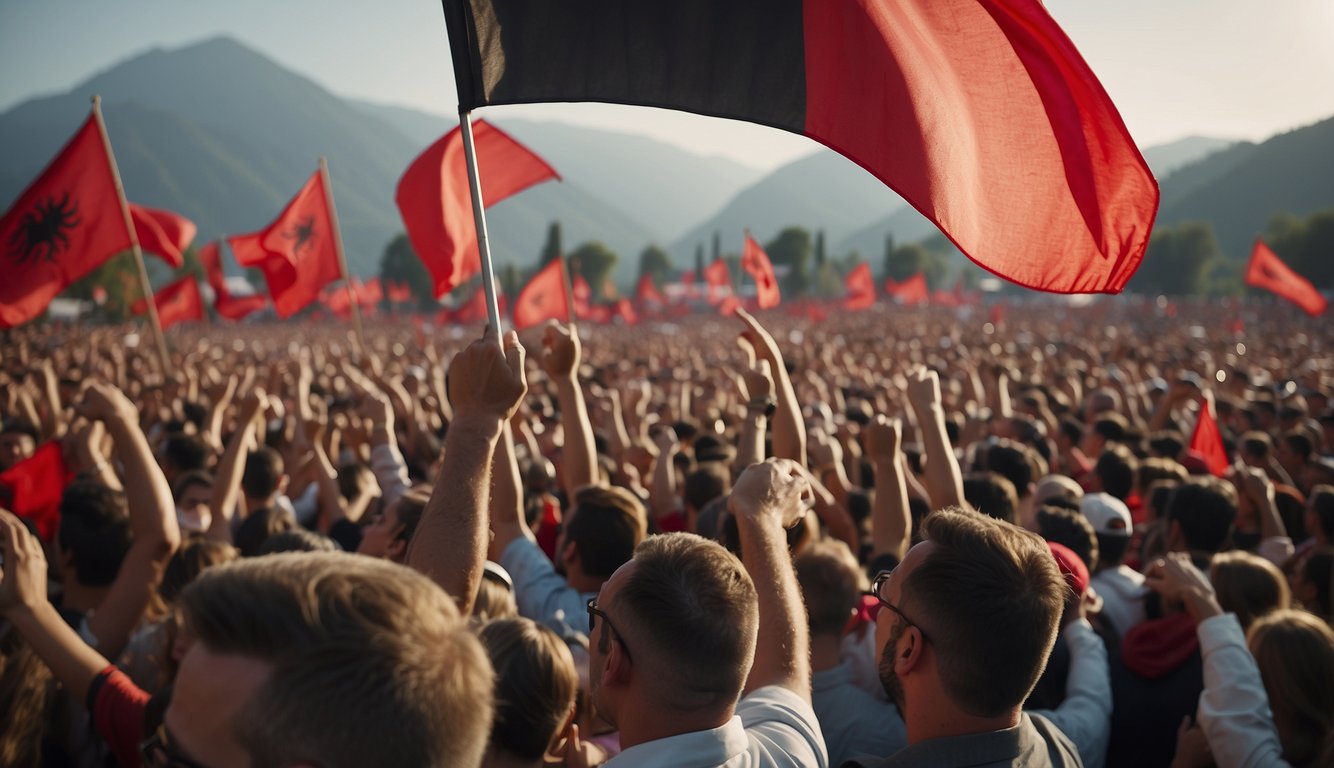
In delving into the origins of Albania’s independence, we uncover a storied history marked by the rise of nationalism, spirited pre-independence movements, and significant international events that shaped the country’s quest for sovereignty from the Ottoman Empire.
The Rise of Nationalism
The burgeoning of Albanian nationalism in the 19th century set the country on a path toward independence. Key factors, such as cultural revival and intellectual gatherings, created a sense of national identity. This era witnessed the literary renaissance that brought forth the Albanian alphabet in 1908, a pivotal moment in solidifying national consciousness among Albanians.
Pre-Independence Movements
Albania’s pre-independence movements steadily gained momentum in the early 20th century. Ismail Qemali, regarded as a national hero, was instrumental in these efforts. In the face of the weakening Ottoman rule and inspired by the wave of nationalism, Qemali led the Albanian Declaration of Independence on November 28, 1912, marking a new beginning for the nascent nation.
International Context and Influence
The international milieu of the Balkan Wars played a critical role in Albania’s path to sovereignty. Following the cessation of hostilities, the Treaty of London in 1913 acknowledged Albania as a principality. Although the Principality of Albania was initially under international supervision, this period laid the groundwork for establishing an autonomous Albanian state, free from the centuries-long shadow of the Ottoman Empire. Historical figure Skanderbeg is often recalled as a symbol of resistance against Ottoman domination, an emblem of the Albanian spirit for independence that culminated in the early 20th century.
The Declaration of Albanian Independence
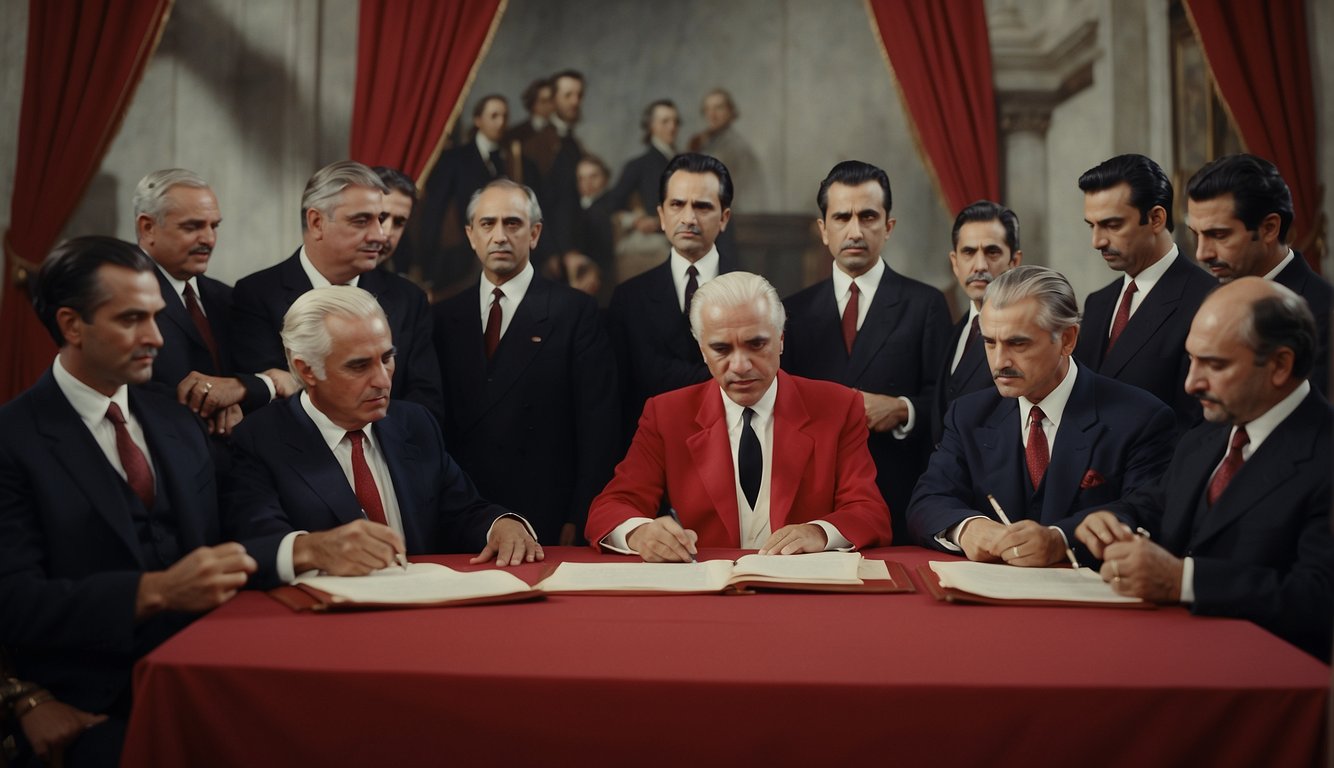
The pivotal moment in Albania’s modern history occurred in 1912, signifying the ceasing of Ottoman influence and the emergence of a nation state. On November 28, the Albanian Declaration of Independence was proclaimed, a day now commemorated as Independence Day, and the red and black flag was adopted as the symbol of a free Albania.
Events in Vlorë
On the historic day of November 28, 1912, in the coastal town of Vlorë, the Albanian National Assembly gathered to declare the nation’s sovereignty from the Ottomans. This crucial assembly marked not just the political separation from over four centuries of Ottoman rule but also signified the birth of Albania as an autonomous entity on the international stage.
The Role of Ismail Qemali
Ismail Qemali was instrumental in the push for Albanian independence. As the central figure of the liberation movement, his efforts culminated in the declaration event in Vlorë. We remember Qemali for his visionary leadership and the establishment of the provisional government following the declaration, which laid the groundwork for Albania’s future.
Adoption of the Albanian Flag
The adoption of the Albanian flag, a stirring symbol with its red and black hues, occurred alongside the proclamation of independence. It represents the valor and resilience of Albania, echoing a history that reaches back to the era of Skanderbeg, Albania’s revered national hero. The flag’s presence in Vlorë on Independence Day in 1912 underscored a new chapter for Albanians: one of self-determination and national unity.
Albania’s Independence Day Celebrations
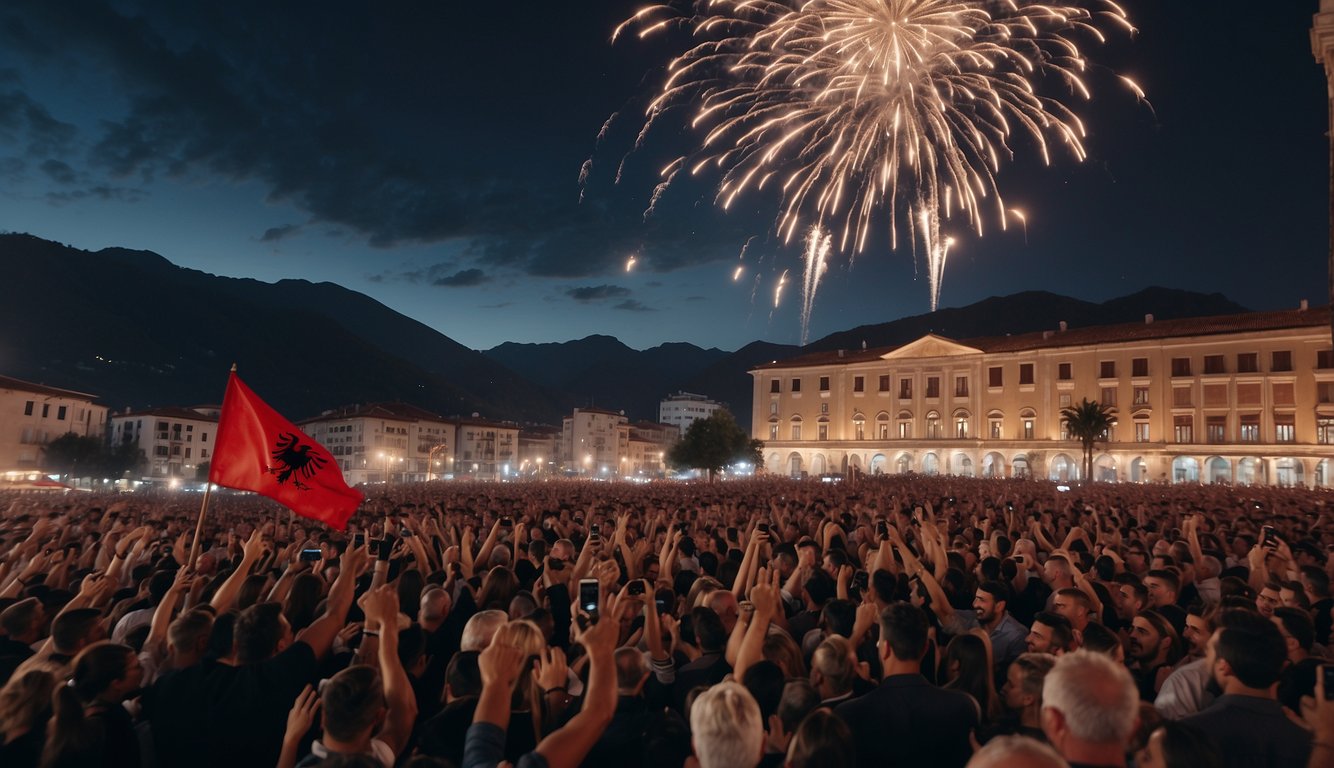
We celebrate Albania’s Independence Day with a deep sense of national pride, commemorating our nation’s declaration of independence from Ottoman rule on November 28, 1912. Across Albania and in places with significant Albanian diasporas, the day is marked with various events that reinforce our cultural identity and unity.
Annual Commemorations
Tirana, the capital city, has become the focal point for our annual celebrations. A grand parade showcasing military and police units proudly marches along the main boulevards, resonating with the footsteps of our ancestors’ march towards freedom. Notably, the day, also known as Dita e Flamurit or Flag Day, sees the national flag, a vivid red with a black double-headed eagle, adorn all corners of the city, with citizens collectively displaying their pride.
Cultural Significance
Our celebrations serve as a living exhibition of our rich traditions and values. On this public holiday, cultural events take the spotlight, with concerts and local festivities that seek to engage every community member. Traditional music and dance performances breathe life into the streets, showcasing a vibrant cultural tapestry that has been carefully woven over centuries.
Government and Public Engagement
The president and prime minister lead official ceremonies, reflecting on our journey as a nation. Keynote speeches often highlight themes of liberty, progress, and unity. Public engagement peaks as citizens, from bustling city centers to serene rural communities, participate in various commemorative activities such as laying wreaths at national monuments and attending fireworks displays that brilliantly punctuate our evening skies, symbolizing our enduring spark of independence.
National Symbols and Heritage
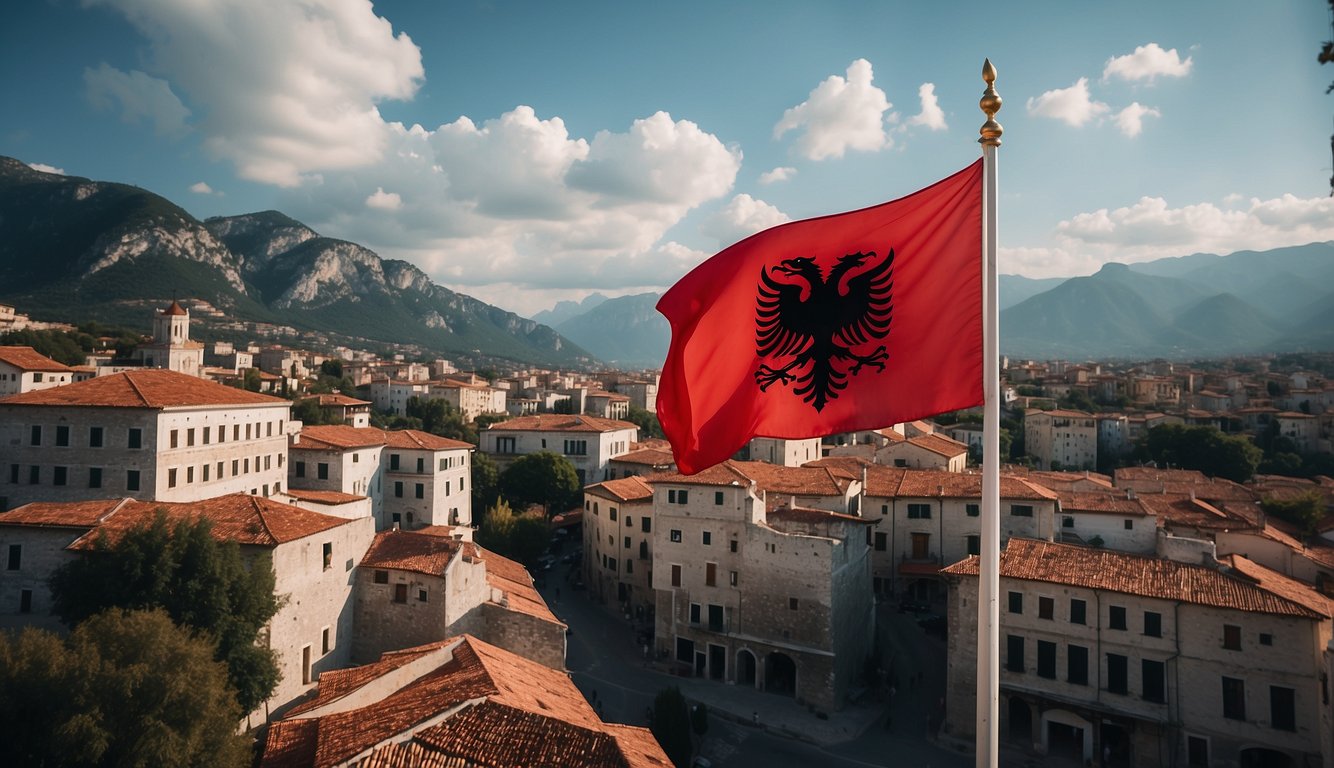
In celebrating our nation’s independence, certain symbols and historical sites play pivotal roles in encapsulating the spirit of freedom and unity that underpin Albania’s national identity.
Symbols of Independence
The two-headed eagle is central to our country’s emblem, deeply rooted in the nation’s history and reflecting the sovereignty our ancestors fought for. This powerful symbol dates back to the time of Gjergj Kastrioti Skanderbeg, a national hero whose legacy as a freedom fighter against the Ottoman Empire continues to inspire us. The heraldic representation marks Skanderbeg’s historical relation to Krujë, as the fortress there, known as Kruja Castle, became a bastion of resistance under his command.
Historical Sites Connected to Independence
Kruja Castle remains a symbol of our resilience; this historical fortification is a place where we stood strong against overwhelming odds. Berat and Vlora, too, are significant cities in our fight for independence. The Declaration was proclaimed mainly in Vlora, signifying our break from the Ottoman Empire and our establishment of Albania as our homeland. On November 28, 1912, the Assembly of Albania’s independence was held in the town of Vlora, making it a cornerstone in our journey towards sovereignty. And beyond our borders, the support from ethnic Albanians in Macedonia reflects the unity and shared heritage that our independence movement ignited across the region.
Albania’s International Relations and Recognition
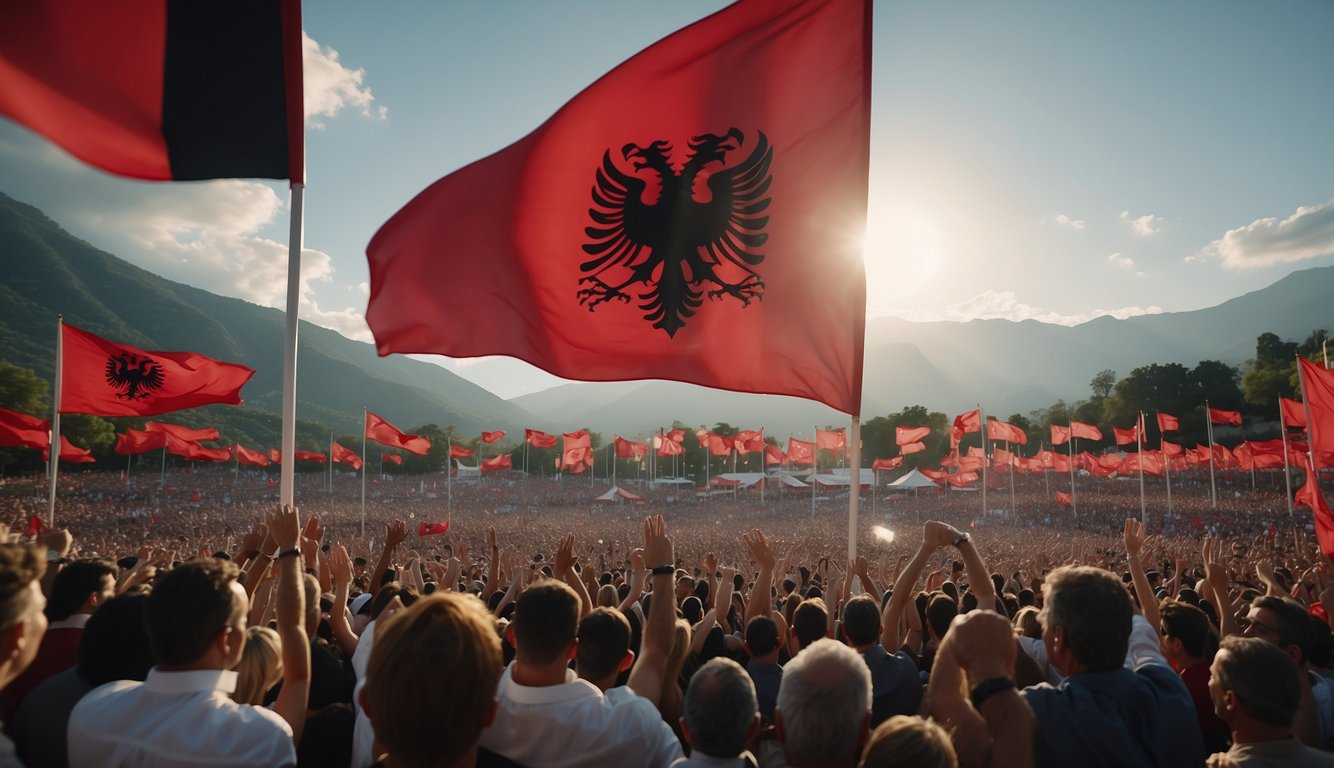
In this section, we explore the pivotal moments of international recognition for Albania, focusing on the aftermath of World War I and the country’s progressive engagement with the global community.
The Paris Peace Conference
The Paris Peace Conference was a decisive juncture for Albania’s quest for sovereignty. President Woodrow Wilson was crucial in advocating for Albania’s post-war independence and self-determination. Despite the complex diplomatic wrangling, Albania’s borders were reaffirmed, although not all of its aspirations were fulfilled at the conference. This recognition set the stage for Albania to establish itself as an independent European entity.
Engagement with the International Community
Albania has actively fostered relations with numerous countries since its historic recognition at the Paris Peace Conference. We became a member of the United Nations and have pursued membership in NATO, solidifying our status within the international community. Our alliances extend to neighboring countries such as Montenegro and North Macedonia, reinforcing regional stability through partnership and cooperation.
Furthermore, we’ve cultivated a longstanding relationship with Italy and Turkey, both key allies and partners throughout our modern history. The support from these nations was paramount for our economic and political progress. Equally, the relationship with the United States of America has been instrumental; the U.S. has been a steadfast ally, supporting our democratic development and inclusion in transatlantic alliances. This network of friendships and partnerships underscores our place in the international arena as a respected and sovereign nation.
The Cultural Impact of Independence
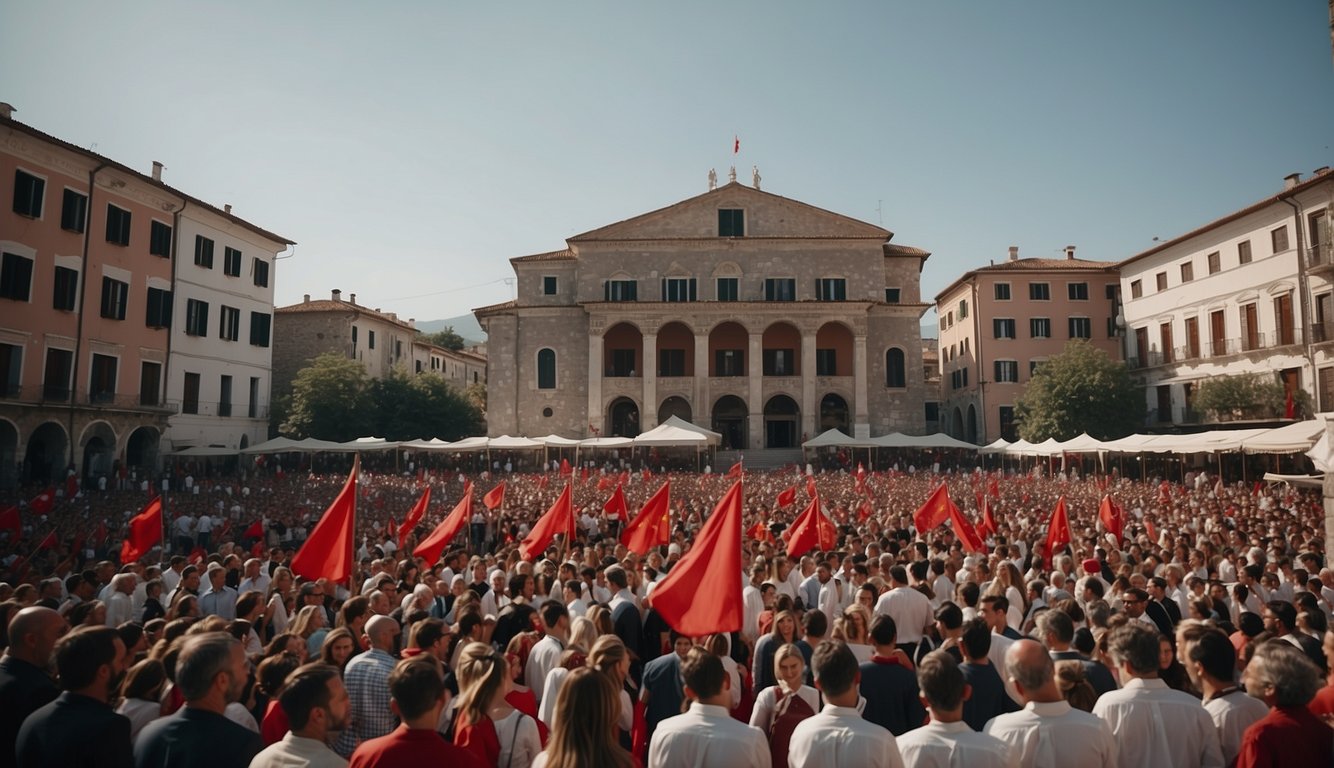
Our nation’s Independence Day is not just a date on the calendar; it’s a catalyst for cultural flourishings, such as in literature and the arts, which has forged our modern identity and resonates with Albanians globally.
Literature and Artistic Expressions
Independence has deeply influenced Albanian literature and art, serving as both muse and material. Literary works often reflect the spirited struggle for sovereignty, while art captures the essence of our newfound freedom. Notable examples include historically themed paintings and the National Epic, which intertwines our fight for independence with folklore, capturing the imagination of all Albanians and preserving our heritage. These expressions solidify our historical narrative and enrich our global understanding of our culture.
Influence on Modern Albanian Identity
The valor of past generations has undeniably shaped our national character. Our national pride is often tied to the arts, which act as a repository for our collective memory. Traditional music, infused with patriotic zest, has played a significant role in this identity formation, often intertwined with themes from the history of Albania. We see these inspirations manifest in festivals and national celebrations, where music and dance honor our past and mold our present identity.
Recognition Within the Albanian Diaspora
The Albanian Diaspora actively partakes in commemorating Independence Day, highlighting Albanians’ unity and enduring spirit worldwide. Through vibrant events that showcase traditional music and art, we hold a mirror to our rich and multifaceted culture that has been shaped significantly by our history of independence. This recognition sustains a connection for those far from our shores, and reinforces our common identity that transcends geographical boundaries.
Albania Independence in the 21st Century
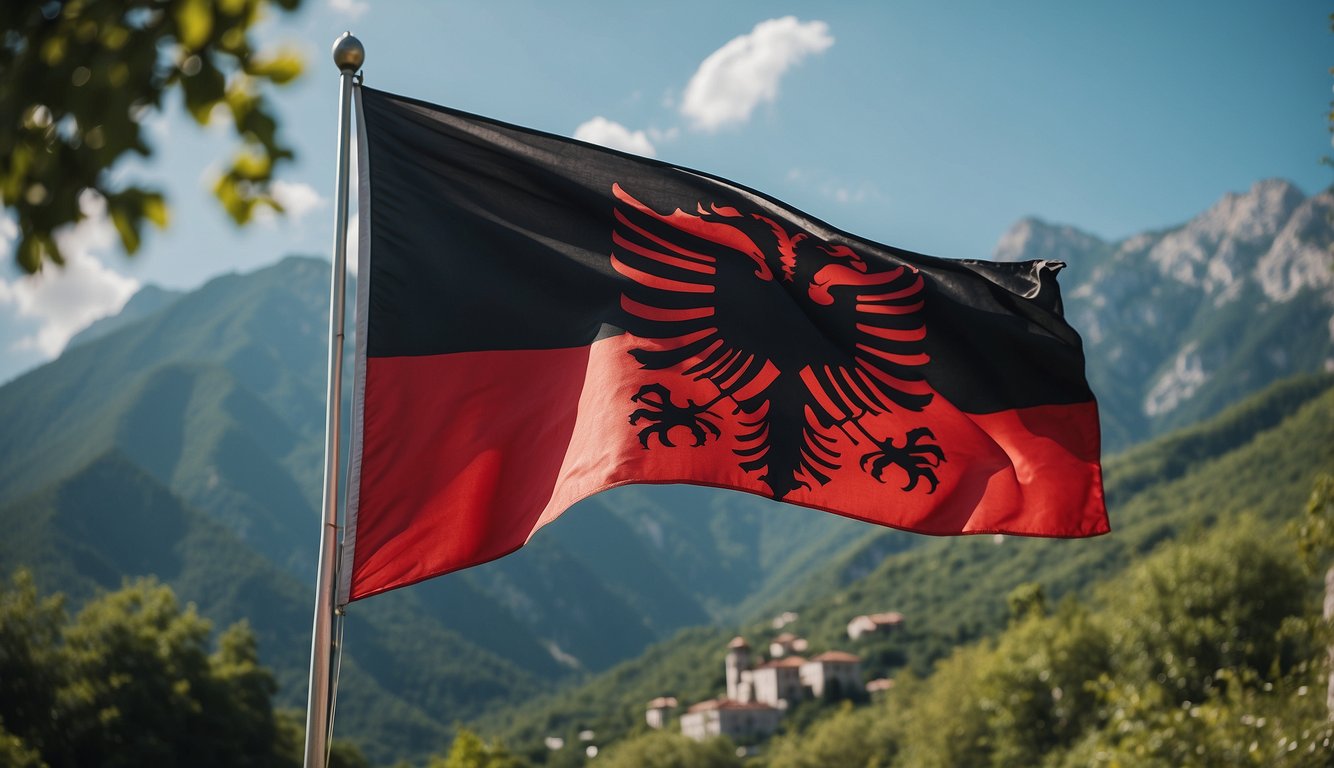
As we approach the contemporary celebrations of Albania’s independence, we carry with us a proud legacy of over a century marked by strength, resilience, and unity.
Centennial Celebrations and Reflections
In 2012, we observed Albania’s 100th anniversary of independence with a profound sense of national pride. The centennial was an opportunity to reflect on the figures who shaped our nation’s destiny, such as Ismail Qemali and the legendary Skanderbeg. Public squares were awash with vibrant festivities as government officials, communities, and families gathered in a harmonious display of patriotic spirit.
- Skanderbeg’s Legacy: Honored for his revolt in 1443.
- Ismail Qemali: Commemorated for the declaration of independence in 1912.
Fostering National Unity and Pride
Throughout the 21st century, our commemoration practices have continued, emphasizing unity and pride among our people. Educational programs and public speeches often highlight the resilience of the Albanian spirit. We unite under our red and black banner, just as our ancestors did, with celebrations that transverse our cities and echo in the diaspora, strengthening the bonds within our global Albanian family.
Challenges and Triumphs Post-Independence

As we reflect on Albania’s journey since declaring independence, we recognize an array of internal developments, the impact of two world wars, and significant economic and political milestones. These facets together reveal the resilience and sovereignty of a nation with a shared history of bravery and sacrifice.
Internal Developments
In the aftermath of our 1912 declaration of independence, the State of Albania faced the immense challenge of establishing a stable political structure. Key figures emerged, tasked with navigating the new nation through periods of political volatility. The era was marked by factional disputes, which sometimes turned violent, reflecting the intensity of the passions that shaped our nascent state. Our internal political landscape remained fragmented, impeding the development of robust state institutions.
Albania During and Post World Wars
Our involvement in World War I brought considerable challenges. Albania’s strategic position in the Balkans was both an asset and a liability, drawing the interest of various powers. The war tested our sovereignty, leaving parts of the country occupied. Following the war, The Conference of Ambassadors in 1921 reinstated Albania’s 1913 borders, helping to solidify our status in Eastern Europe.
World War II was another trial period, with Albania again falling under foreign occupation. Yet, during this time, the bravery of our people, through resistance and bloodshed, reaffirmed the sacrifices made for independence. In 1944, our partisans ultimately liberated the country, a triumph that propelled us into a new era.
Economic and Political Milestones
- 1946–1990: Albania established itself as a socialist state. During this period, it faced economic challenges due to isolationist policies yet achieved some milestones in industrial and agricultural development.
- 1991 and Beyond: The transition to a market economy marked a critical turning point. The journey was turbulent, with economic hardship pervasive throughout the 1990s.
- 2009: Albania became a member of NATO, and in 2014, it received candidate status for the European Union, signalling international recognition of our political and economic reforms.
These milestones indicate Albania’s enduring pursuit of progress and continue to shape the narrative of our people’s resilience and dedication to sustaining our sovereignty and democratic ideals.
FAQ – Albania’s Independence Day
What is the significance of Albania’s Independence Day?
Albania’s Independence Day commemorates the declaration of independence from over 400 years of Ottoman rule on November 28, 1912. It signifies the country’s sovereignty and the establishment of the modern Albanian state.
How is Albania’s Independence Day celebrated?
The day is celebrated with various festivities, including official ceremonies, military parades, laying of wreaths at monuments, cultural performances, and public concerts. Albanian flags are prominently displayed, and nationalistic pride is expressed through various events and activities across the country.
Who was a key figure in Albania’s declaration of independence?
Ismail Qemali was a prominent leader and the key figure in the declaration of Albania’s independence. He led the assembly that declared independence in Vlorë and subsequently became the head of the provisional government.
Are there any specific traditions associated with Albania’s Independence Day?
While there aren’t specific “traditions” in the cultural sense, traditional activities include patriotic speeches, educational programs in schools, and the presentation of national awards to individuals who have contributed significantly to Albanian society and culture.
If you enjoyed reading about Albania’s Independence Day, check out our other articles:
- Grenada Independence Day 2024: Celebrating National Identity and History
- Estonia Independence Day 2024: Significance and Celebrations
- Cuba Independence Day 2024: Significance and Historical Impact
- Cape Verde Independence Day 2024: Significance and Celebrations
Feel free to also check out our other Articles from the category “Independence Day“ and don’t forget to follow us on Pinterest.

